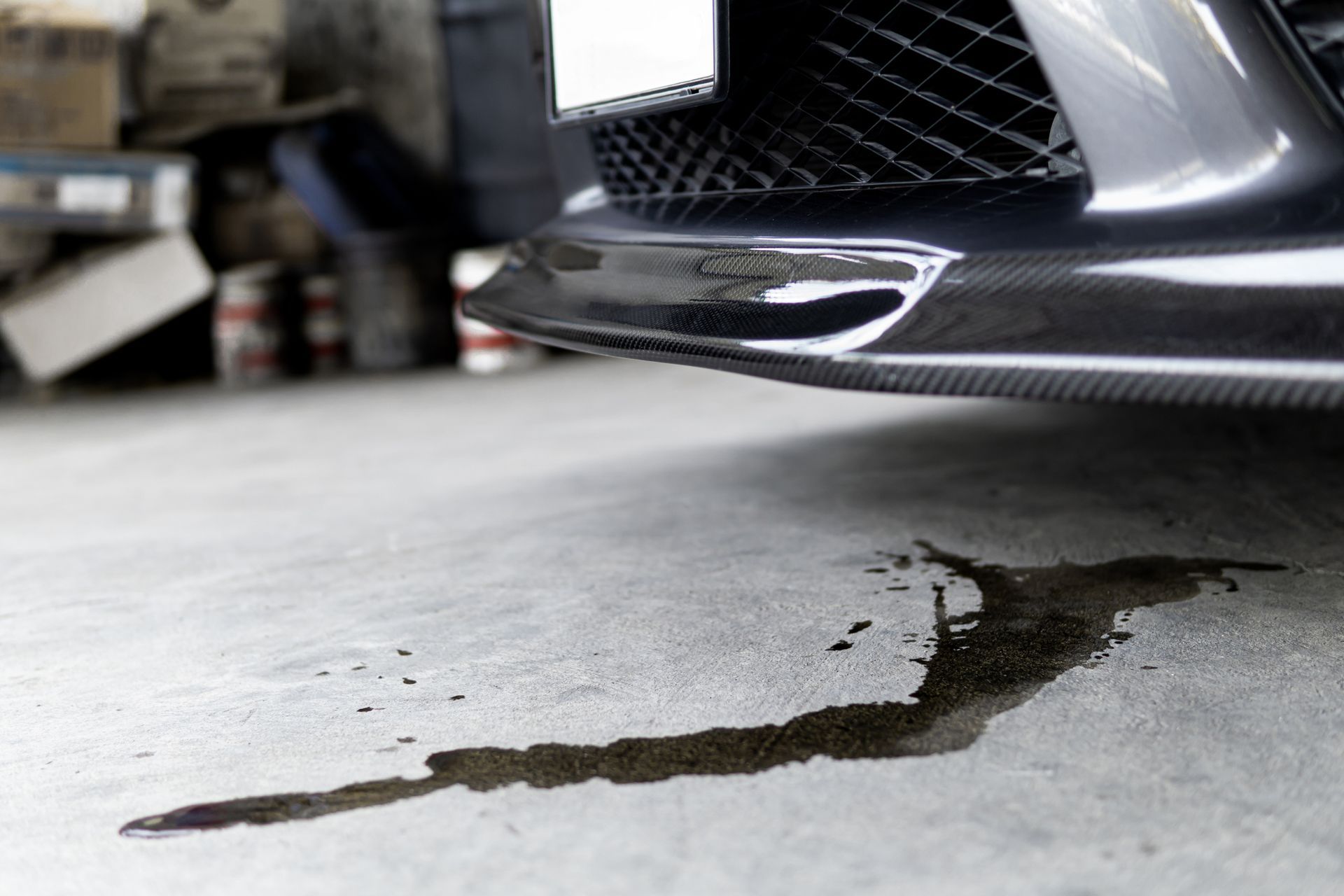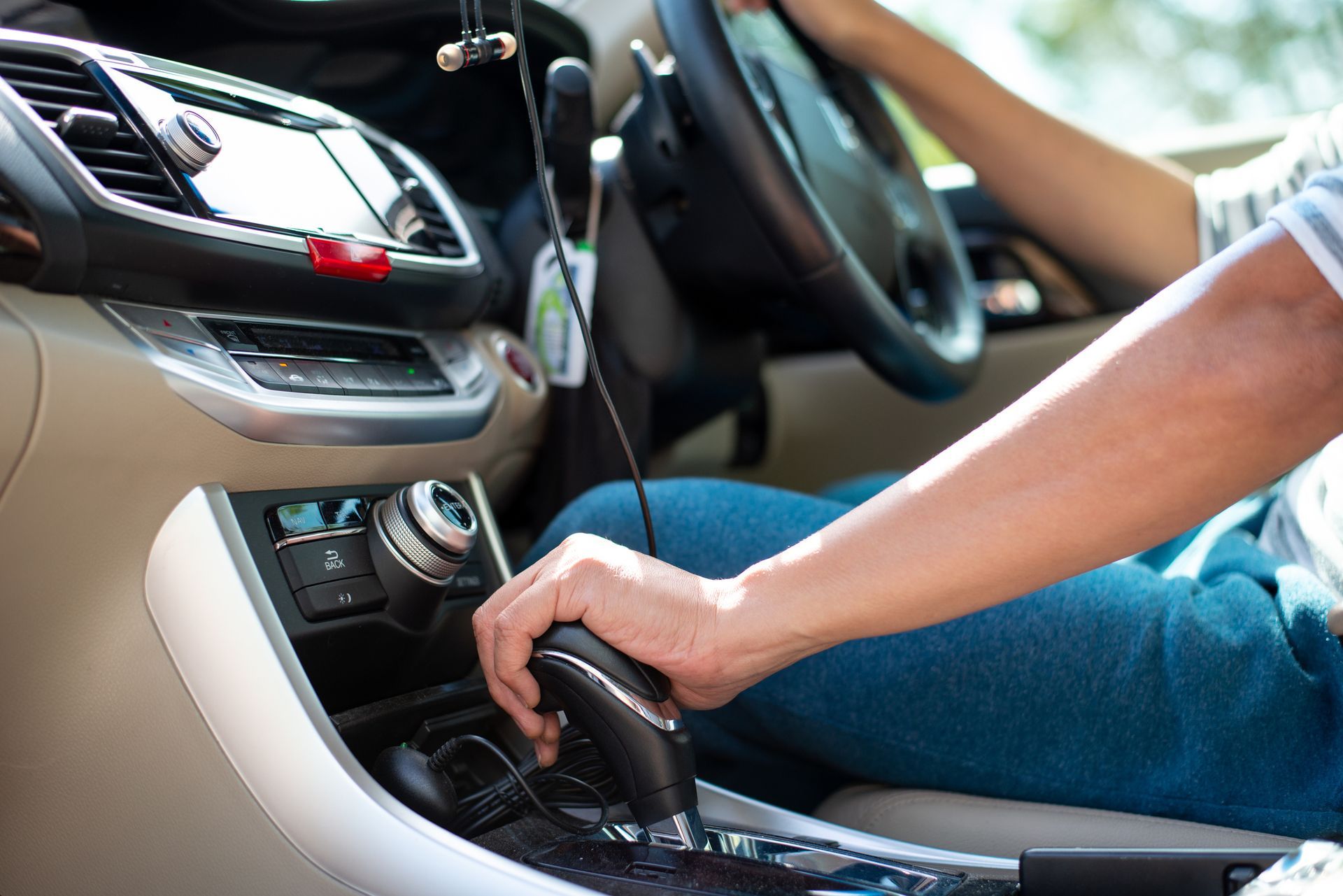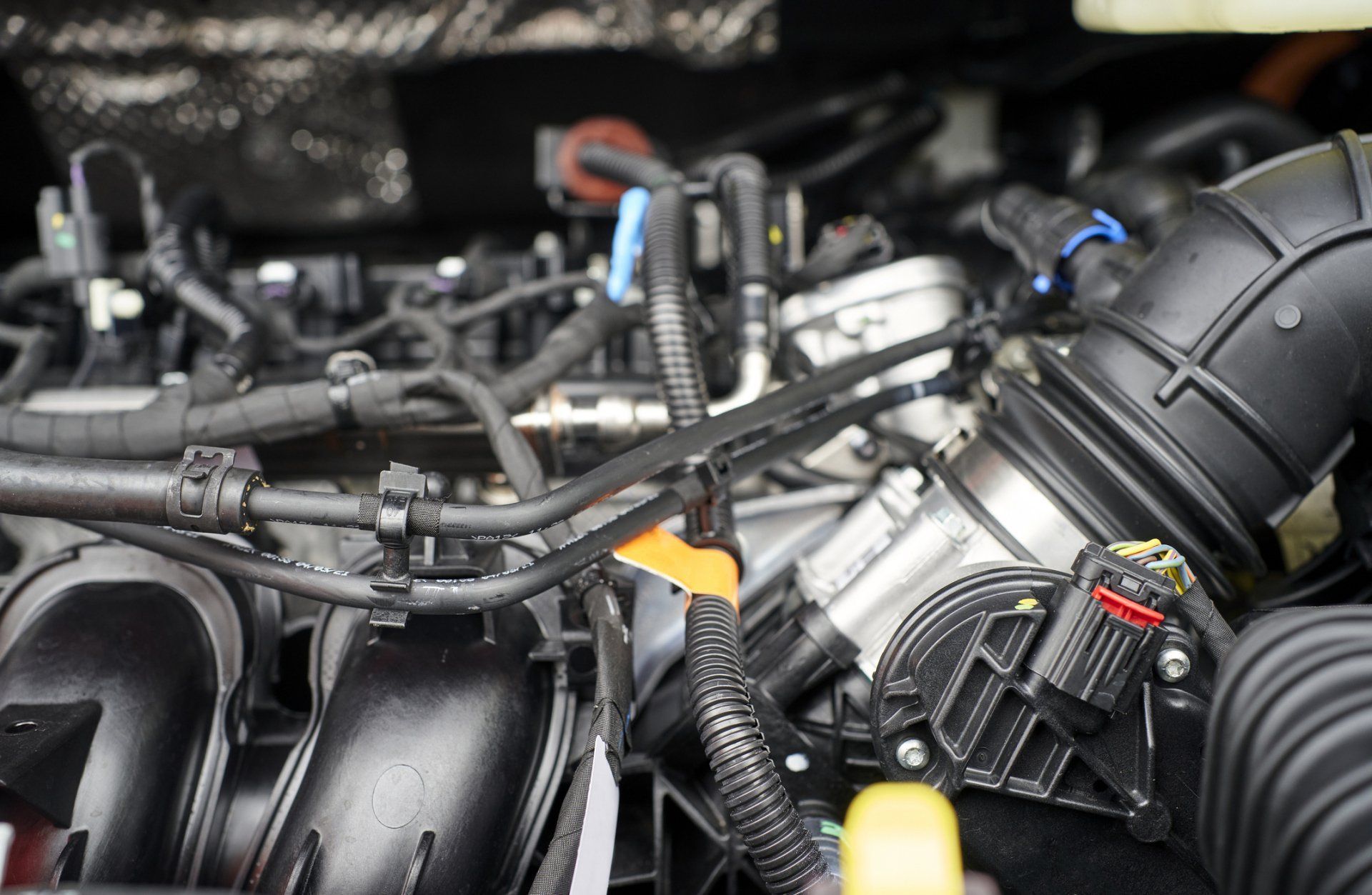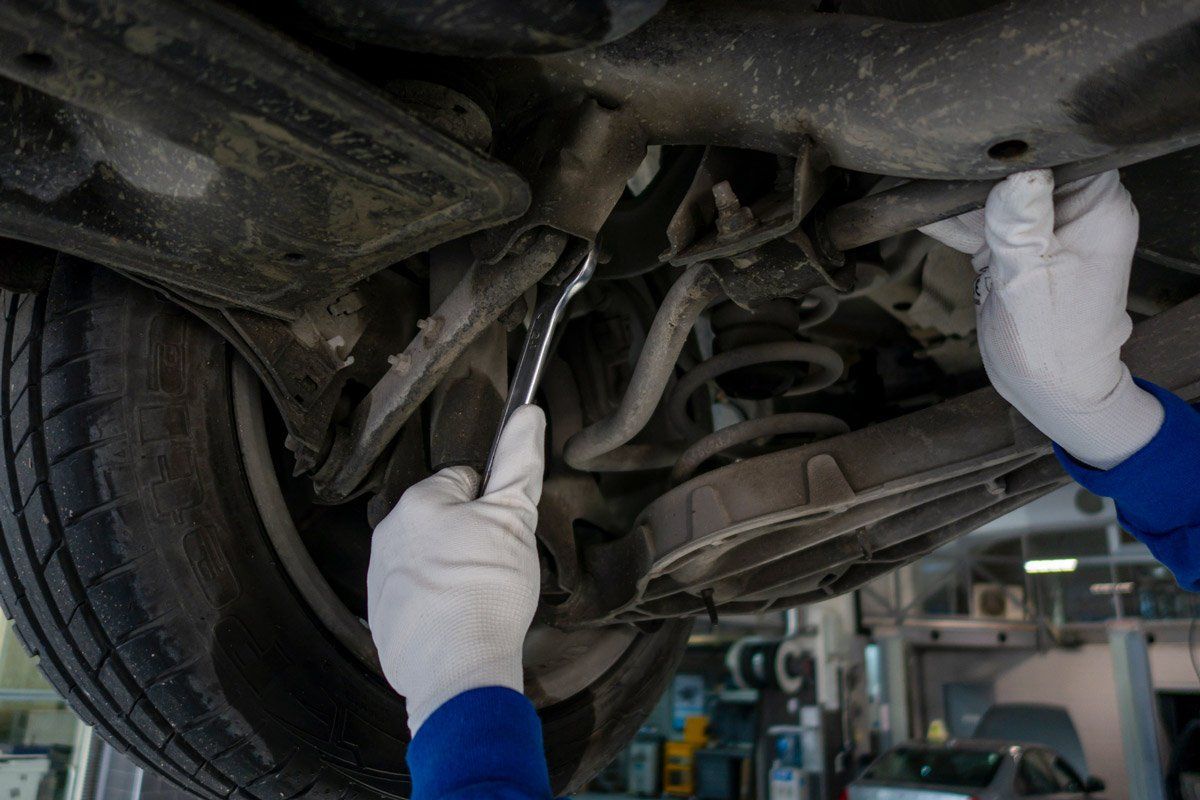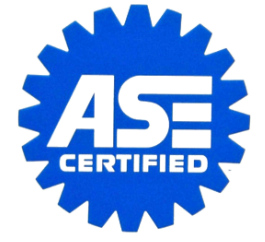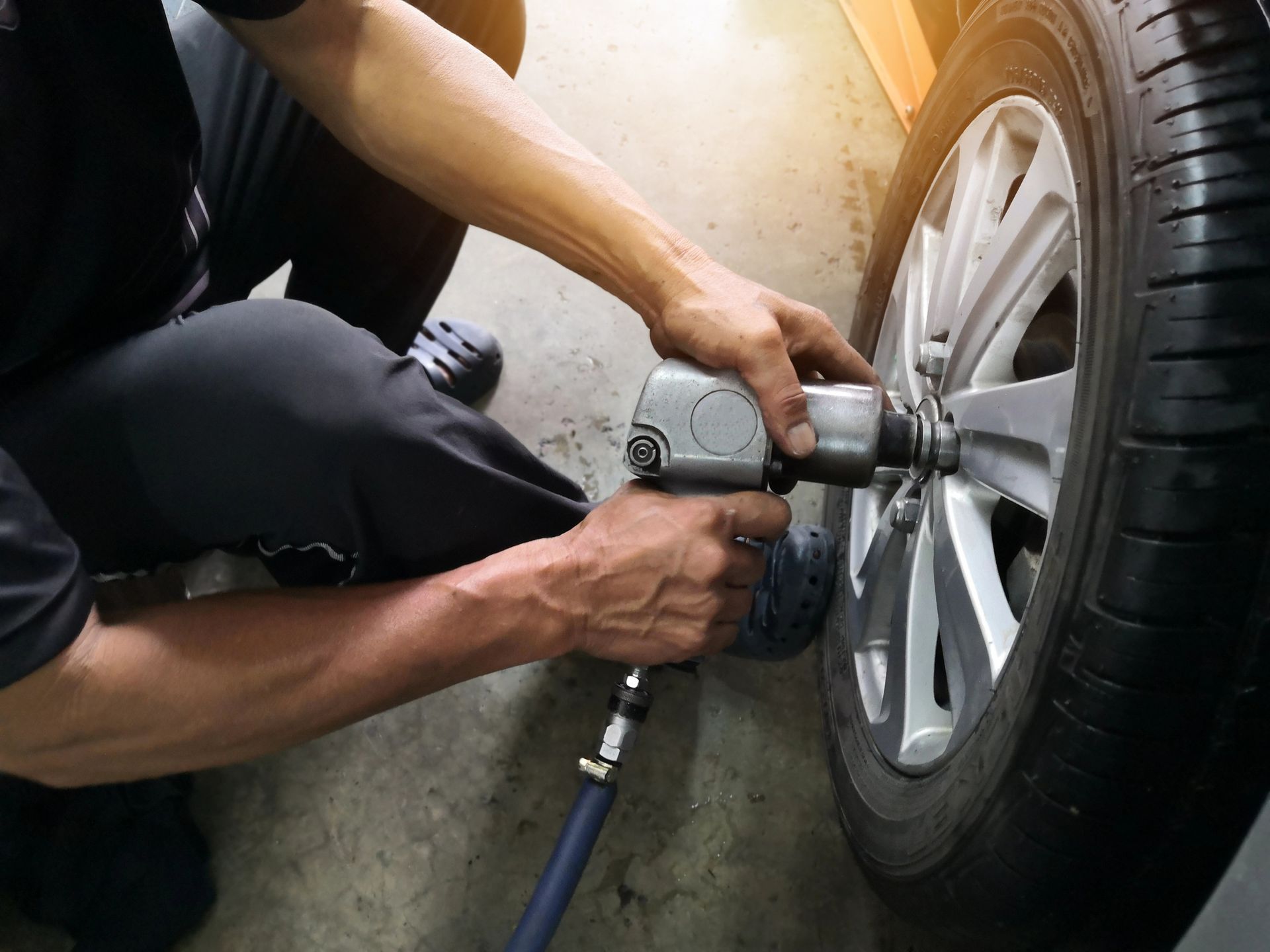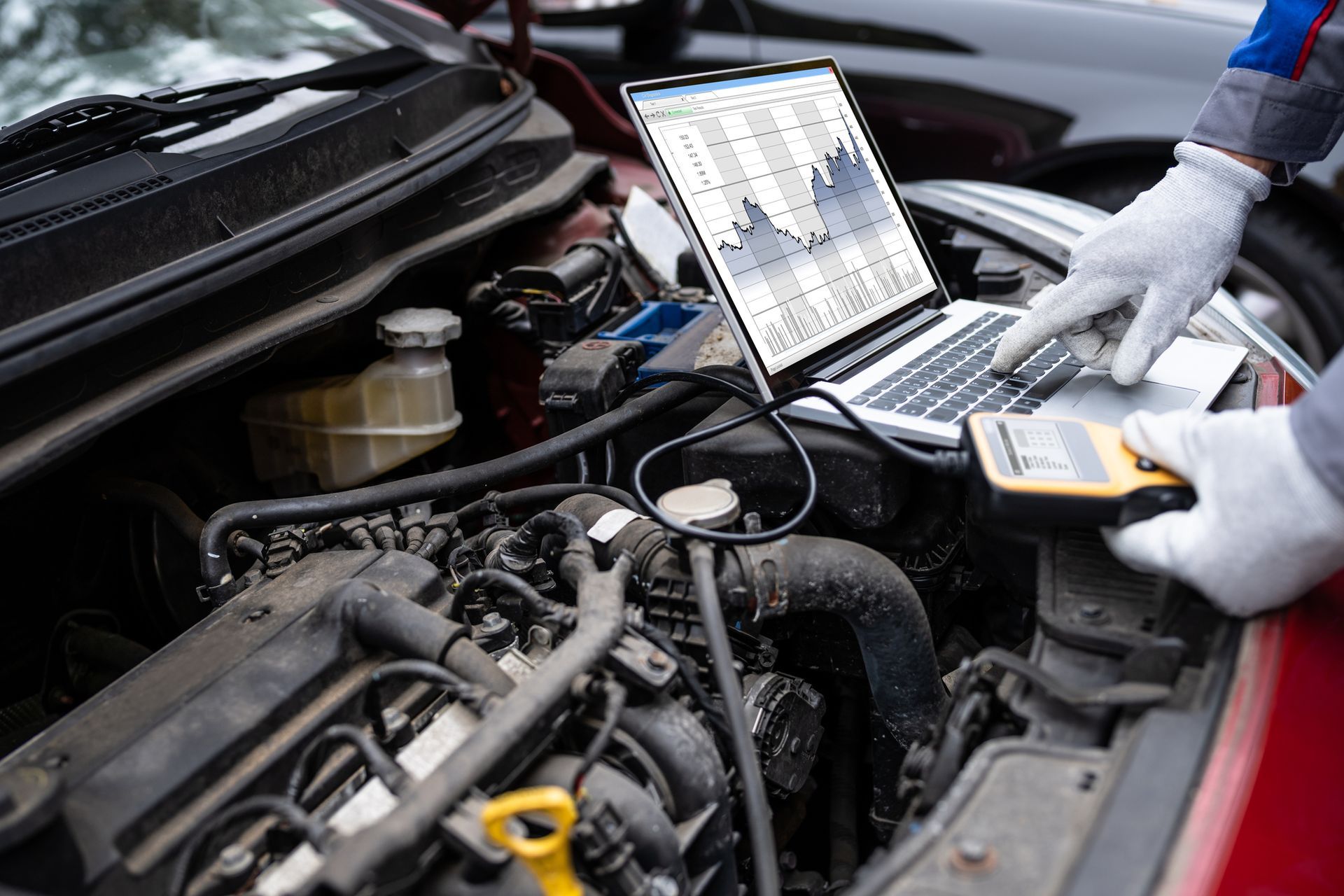Lean Fuel Codes—What They Mean and Why They Matter

You probably don't consider yourself close personal friends with your car's check engine light (CEL). Most drivers only know that their check engine light means that a (potentially expensive) repair might be waiting just over the horizon. While false alarms, such as loose fuel caps, can sometimes cause your CEL to illuminate, this light mostly indicates a genuine issue with your car.
Your CEL will turn on when the computer raises one or more diagnostic trouble codes (DTCs). There are many different DTCs, but a few crop up more commonly than others. Lean fuel codes are some of the more common ones. Unfortunately, these codes can have some serious consequences for your vehicle.
What Does a Lean Code Mean?
Nobody's perfect, and the same goes for the engine in your car. An ideal engine using ideal fuel would maintain a precise ratio of air to gas. However, your engine can't maintain this in real-world conditions. Doing so also wouldn't always be beneficial since different gasoline mixtures will have slightly different ideal air-to-fuel ratios.
Instead, your car uses a system of relatively sophisticated feedback loops to adjust the amount of fuel injected into the combustion chamber. Your car's oxygen sensors monitor the oxygen content in the exhaust stream and use this data to adjust the fuel mixture. For example, if there's too much oxygen in the exhaust stream, the computer will add more fuel to compensate.
These adjustments are known as fuel trims and are a normal part of your car's operation. However, your car's computer can also recognize when these adjustments are outside the norm. If there's substantially too much oxygen in your exhaust stream, your car is said to be running lean. Once the computer can no longer add more fuel to compensate, it will trigger a lean code, illuminating your CEL.
What Causes Lean Codes?
The check engine light is a surprisingly misunderstood tool. Drivers commonly believe the codes stored in their car's computer can tell them the underlying cause of a problem, but it's more accurate to think of these codes as symptoms.
In other words, you can think of your lean code as equivalent to your car complaining about a headache. Just as a headache can have many potential underlying causes, a lean code may also arise from a dizzying array of possible issues.
Unsurprisingly, anything that allows excess air into your engine can trigger a lean code. On the other hand, a lean code may also be due to a lack of fuel. Clogged injectors, weak fuel pumps, or even a dirty fuel filter can cause your car to raise a lean DTC.
In some cases, the root issue may even be a faulty sensor. Remember that your car relies on its sensors to adjust fuel trim, so a sensor reporting bad data can unnecessarily cause your car's computer to adjust the fuel mixture. Faulty sensors can often be tricky to diagnose because they may trigger many unrelated DTCs.
What Should You Do About a Lean Code?
A genuine lean condition can produce many drivability symptoms, including poor fuel economy, rough idling, or noticeable power loss. The problems may sometimes go away at higher RPMs if the condition is due to excess air. On the other hand, a problem with the fuel system may result in a fluctuating idle or even cause your call to stall.
Because the symptoms of a lean condition can be relatively severe, you shouldn't ignore them for long. Additionally, running your car too lean can result in more serious damage. The excess fuel your computer adds can damage your catalytic converters, and your engine may also run too hot. If your car has a weak cooling system, this extra heat may result in serious damage.
The best way to deal with a lean code is for a skilled automotive shop to investigate and diagnose the problem as soon as possible. Letcher Bros. Auto Repair has experience in a wide range of foreign and domestic vehicles, and we can help you get to the bottom of your car's lean condition. Give us a call today to schedule your appointment!
